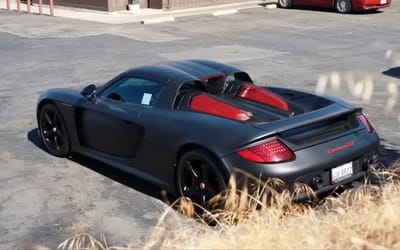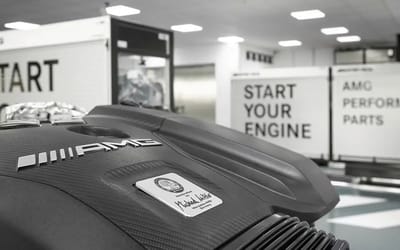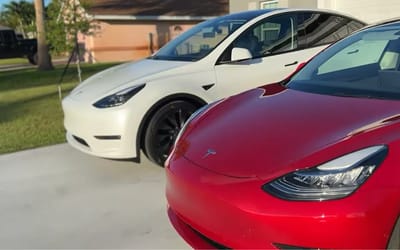2003 footage shows how extraordinary it was to live near London Heathrow Airport as Concorde took off
- This 2003 footage shows life living under Concorde’s flight path
- It portrays the reality and disruption for residents
- Concorde was. taking off from London Heathrow Airport
Published on Feb 26, 2024 at 9:27 PM (UTC+4)
by Amelia Jean Hershman-Jones
Last updated on Feb 27, 2024 at 6:49 PM (UTC+4)
Edited by
Kate Bain
If you’re looking for some aviation-based nostalgia, you’ll love this 2003 footage of life under the Concorde flight path.
It portrays the reality and disruption of residents living in a neighbourhood close to London Heathrow Airport.
The video was posted to YouTube by Maguire Richardson in 2007.
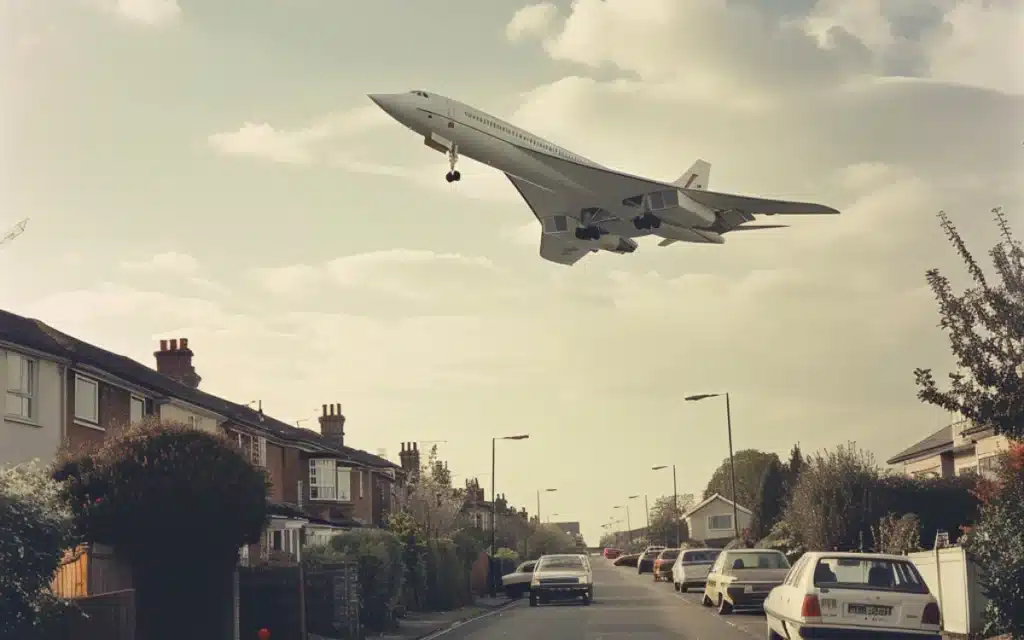
READ MORE! Video shows what it was actually like to fly on Concorde
The minute-long clip was filmed in 2003 – the same year Concorde took its last journey.
It originally entered service in 1976, but the plane’s iconic status remains intact.
The footage is a powerful auditory memory of Concorde’s mighty Rolls-Royce/Snecma Olympus 593 engines with afterburners.
In the description, Richardson fondly recounts the phenomenon that accompanied each Concorde takeoff.
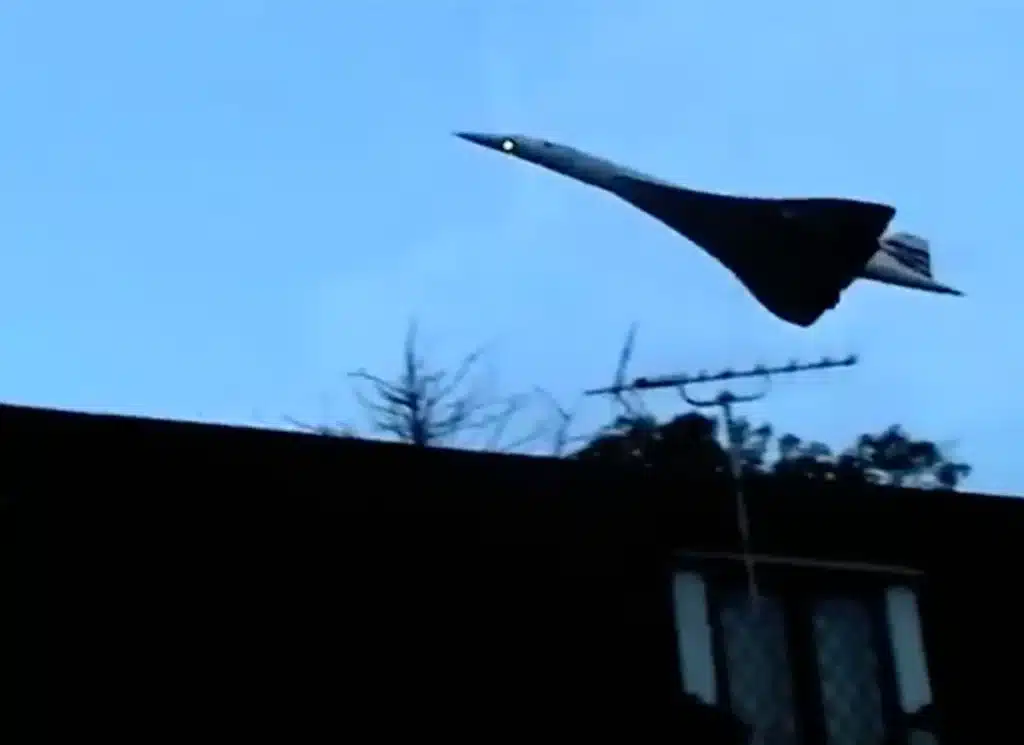
“Four weeks before the last flight in 2003 – filmed roaring over my house – captures the speed,” he said.
“Focus improves! I climbed up on a wall – hence the crazy bit – sometimes the swirl from Concorde blew our bin lids off.
“After-burners can be seen. If the wind was right you could hear it start its take-off run on the ground.”
Concorde had a maximum speed of Mach 2.04 (1,354 mph or 2,180 km/h) at cruise altitude, over twice the speed of sound).
And this animation has revealed just how fast the speed of sound actually is.
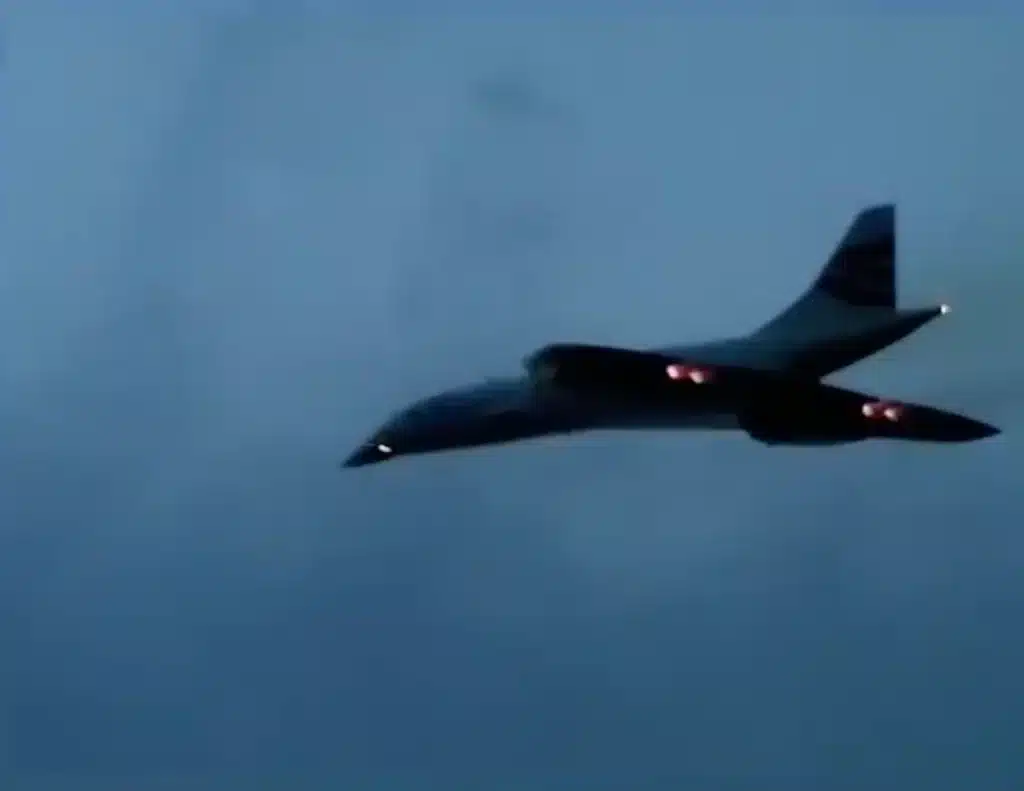
The supersonic aircraft actually blows the hats off spectators, who admittedly are standing very close to the runway in this incredible footage.
For many years, Concorde was the ultimate way to travel in flashy and luxurious style.
It was the first commercial supersonic jet, reaching New York from London in under four hours.
It seated 92 to 128 passengers.
With its high-profile clientele and second-to-none travel time, the supersonic jet seemed poised for long-term success.
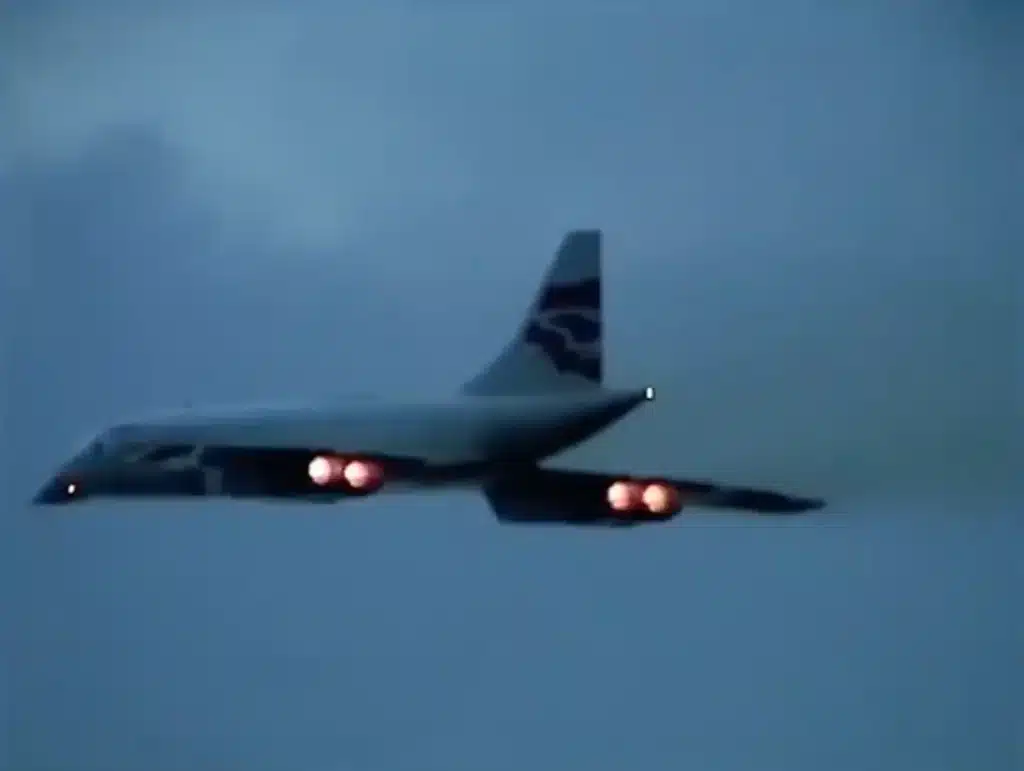
But several factors, from ticket prices to a catastrophic crash in 2000, led to the plane’s demise.
The cost of a ticket was astronomically high, costing about $12,000 in today’s money for a round trip across the Atlantic.
Fortunately, after two decades, several companies have entered the supersonic race.
In fact, NASA just unveiled a revolutionary ‘quiet’ jet set for commercial supersonic flights.
The typically loud supersonic boom is reduced
Rather than the typical jarring sound, the sound of NASA X-59 is reduced to a “neighbour’s car door down the street being closed” – making the US Federal Aviation Administration more likely to approve it for flights over populated areas.
DISCOVER SBX CARS: The global premium car auction platform powered by Supercar Blondie

All Supercar Blondie contributors undergo editorial review and fact-checking to ensure accuracy and authority in automotive journalism. After gaining her BA Hons in French and English at the University of Nottingham, Amelia embarked on a vocational diploma from the National Council for the Training of Journalists (NCTJ). This led to numerous opportunities, from interning at Vogue to being on the small team that launched Women’s Health magazine in the UK, which was named the PPA Consumer magazine of the year for three years running. As Health, Beauty and Fitness editor, Amelia personally received a Johnson & Johnson Award and was shortlisted for both PPA and BSME titles. Since then, Amelia has created content for numerous titles and brands, including the Telegraph, 111 Skin, Waitrose, Red magazine, Stylist, and Elle, as well as being Head of Content at Vitality and Editor in Chief at INLondon magazine. “My superpower is translating technical jargon about the mechanical workings of a supercar into a relatable story you’ll want to share with your friends after you’ve read it.” After joining the SB Media family as a senior journalist in September of 2023, Amelia’s role has evolved to see her heading up the SEO output of the editorial team. From researching the most ‘Google-able’ key terms to producing evergreen content - it’s been a time of hard work, growth, and success for the editorial team and the Supercar Blondie website. “I like to think of myself as a ‘method journalist’. In other words: I live and breathe whatever I am writing about. When writing about fitness, I trained as a personal trainer, and as a beauty editor, I completed an ‘expert’ in scent diploma with the Fragrance Foundation. “During my tenure at Supercar Blondie, however, I did something I never thought possible: I passed my driving test at the age of 36. One day I’d love to train as a mechanic to better understand what happens under the hood, too. “My sweet spot is providing readers with a ‘takeaway’ (read: something new they didn’t know before) after reading every one of my stories. While I don’t claim to be an expert in the automotive world, I know the experts and bodies in the field to rely on to provide our readers with an informative and thought-provoking story every time they visit the site.”

